Rio Tinto is a mining town at the foot of the Sierra Morena in Huelva Province, Andalucia, Spain. Visit the museum and mines.
By Nick Nutter | Updated 15 Mar 2022 | Huelva | Places To Go |
Login to add to YOUR Favourites or Read Later
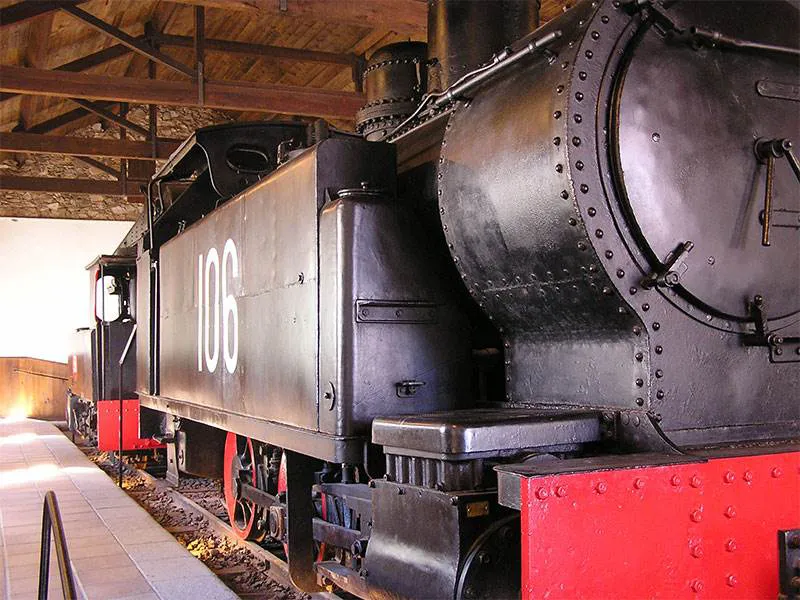
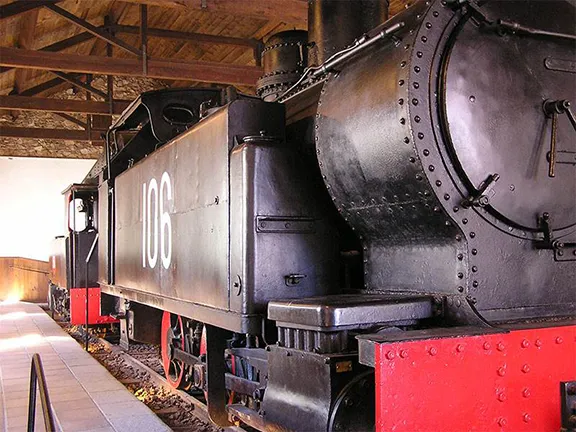
English Train at Rio Tinto
Imagine a Victorian cul de sac somewhere in a home counties village, temperatures well into the 90s, palm trees in the front gardens and roses around the doors. Impossible? No, not in Andalucia. The cul de sac is called Bella Vista and it is in a town called Rio Tinto. Nearby is a Presbyterian church, a social club and a cemetery, the tombstones of which have English inscriptions.
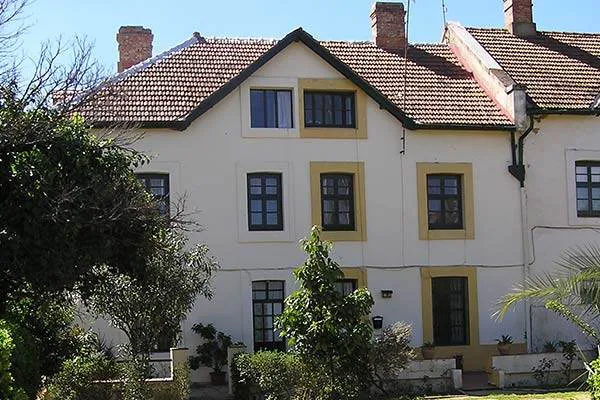
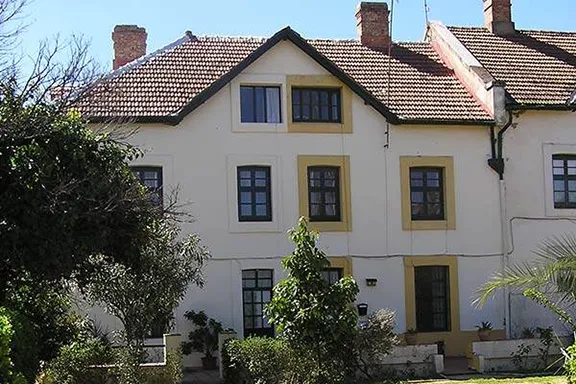
Bella Vista Rio Tinto
Rio Tinto is a mining town at the foot of the Sierra Morena in Huelva Province. Copper, gold and silver have been mined in this region for over 5,000 years but until the 19th Century the mining made little impact on the landscape. Now whole mountains have disappeared to be replaced with open cast pits hundreds of metres deep and kilometres wide. It was the Rio Tinto Company Ltd., an English company, who bought the mining rights and introduced modern mining methods into the region in the late 19th Century. They also built a railway between the mines and Huelva, a modern hospital and of course Bella Vista, the church, club and cemetery. The Rio Tinto Company is just a memory but its legacy remains, not least as dozens of sepia photographs on the walls of the cottages and within the museum, photographs of characters who moulded a landscape.
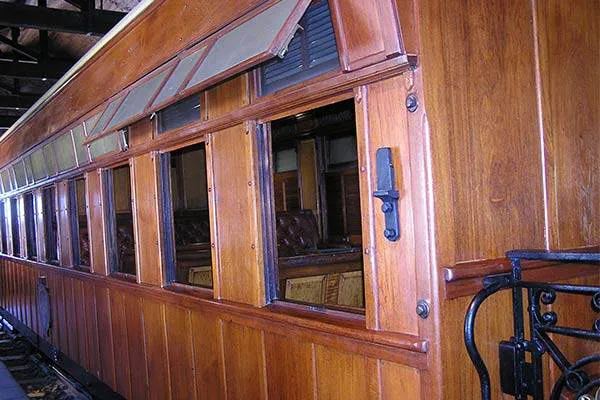
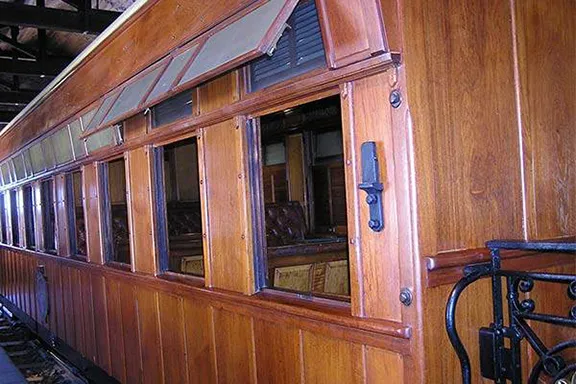
Maharajah’s Carriage Rio Tinto
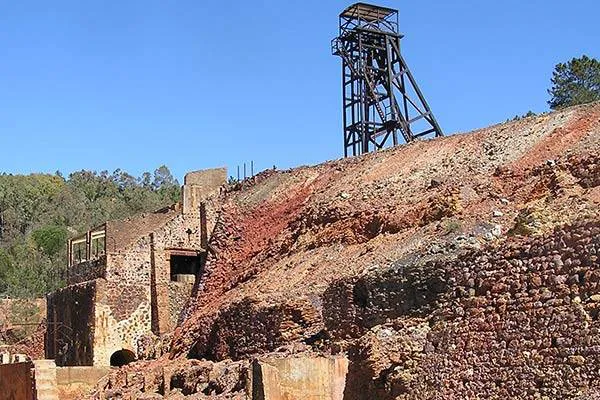
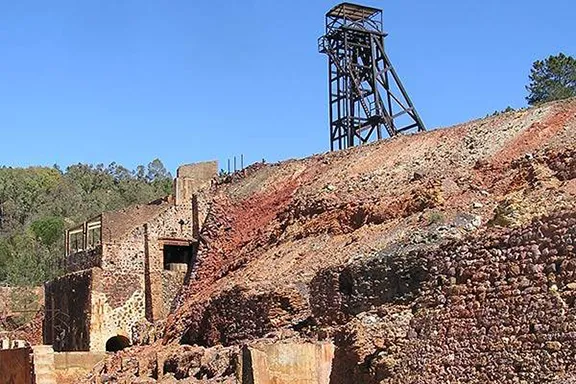
Peña del Hierro mine
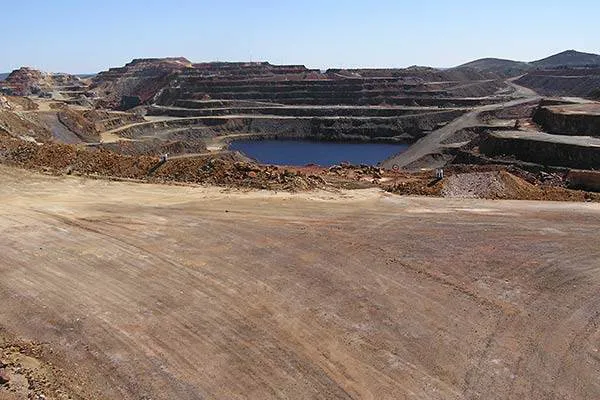
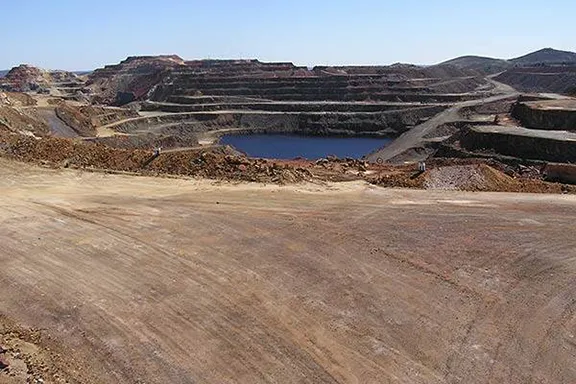
Colorado Mine Rio Tinto
The hospital has been converted into a mining museum where you can follow the history of the area from the copper age right through to the modern-day. There is even a simulated, and realistic, Roman mine adit through which you stumble, being careful not to get too wet. For those interested in mineralogy there is also a decent collection of crystals and ores native to the region.
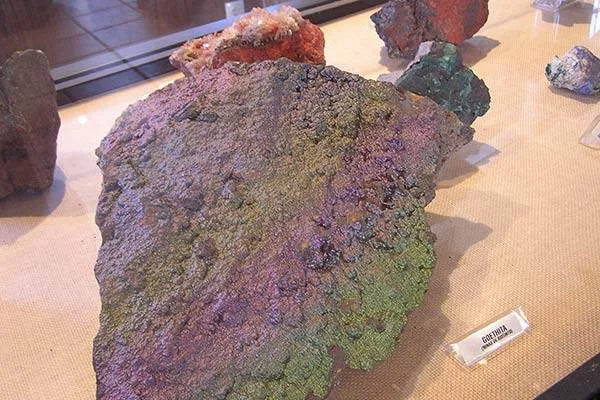
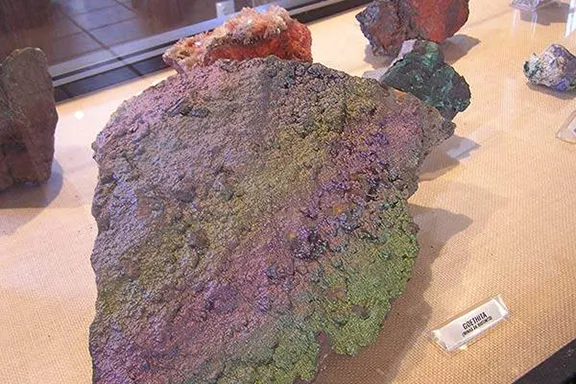
Goethite
In one section you will find a reproduction of the Rio Tinto station with two of the steam locomotives used on the railway and the famous ‘Maharajah’s Carriage’. This was built in Birmingham for Queen Victoria’s trip to India and then taken to Rio Tinto for a Royal Visit by King Alfonso XIII. The N-Type crane locomotive was manufactured by the Hawthorn Leslie Company in 1930 and is unique in Spain. The other is a general-purpose K type locomotive manufactured by the North British Locomotive Company Ltd. in 1907.
Departing from the station and taking you to Nerva, is a locomotive that uses the original track laid by the Rio Tinto Company. You travel for 23 kilometres in vintage carriages through the original stations on this line with stunning views over the Rio Tinto itself. You will soon see why the river is so named.
After the train journey, you can join an organised trip to the Peña del Hierro mine that leaves from the museum. This mine was first exploited by the Romans. The tour includes a walk into one of the adits. You will really appreciate the hazards involved in extracting the ore. There were any number of ways of dying. You may be crushed or asphyxiated in a cave-in, you may be caught in a flash flood, you could die slowly from an accumulation of poisonous metals or arsenic in your system, you could fall down a shaft or you could simply die of exhaustion. Imagine being born down there, being raised by your mother until you were five or six years old then working until you dropped, dying at an average age of 20 years and being left to rot in a side gallery, all without seeing a glimmer of daylight. Thousands of slaves experienced just that.
Following the tour, there is an optional walk that covers about 6 kilometres of track. This takes you around the open cast part of the mine and round the headwaters of the Rio Tinto. Nothing but algae and some bacteria can survive in the waters that emerge from the hill already saturated with poisonous heavy metals, cadmium, copper and nickel. The barren land within the mining area was used by NASA when they tested the MARTE Mars Rover.
As you drive back to the museum you will pass Cerro Colorada. This monumental hole in the ground is only the second largest open cast mine in the area. The largest is now closed to visitors. Even so, the scale of the operation is astounding. Remember as you gaze into the depths from the viewing station that originally a hill was there that was as high as the hills at either end of the pit.
Finally, leaving the horrors of the mine and its noxious waters behind, you can stroll around Bella Vista and visit Number 21. The house has been maintained with its entirely original Victorian and very English furnishings. The brass-bound double bed must now be worth a fortune.
Altogether a visit to Rio Tinto is an unforgettable and educational day.